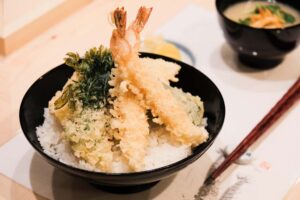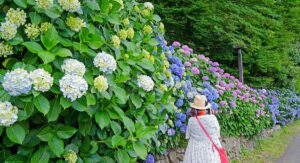When it comes to Japanese traditional clothes, the easiest thing to recognise is the kimono. Kimono is one of the traditional Japanese clothes made of high-quality materials such as silk or brocade. This Japanese kimono has an older age than other traditional clothes.
It has different motifs based on the season and is usually worn throughout the year. However, Japafans need to know, Japanese traditional clothes are not only kimono but there are several. At first glance, these traditional clothes are similar to kimono. What are they? Let’s see the explanation.
Table of Contents
Toggle1. Yukata

Yukata is a Japanese dress made of cotton, thin, and without an inner layer. Yukata is usually used for daily life or even for wearing at home. Therefore, the design is simpler than kimono.
Originally, yukatas were made based on blue and white colours only. However, with the development of time, yukata is now designed in various colours, such as beige, dark green, orange, pink, and black.
The motifs are more diverse than kimono, including flowers, fruits, and polka dots. It is no wonder that this clothing is favoured by young people in Japan.
Almost the same as kimono, yukata accessories use obi or belt at the waist. The use of yukata is also complemented by footwear called geta or zori and socks or tabi.
Accessories used by young girls when wearing yukata are hairpins, fans, and wallets made of patterned or coloured fabrics like the yukata worn.
2. Furisode
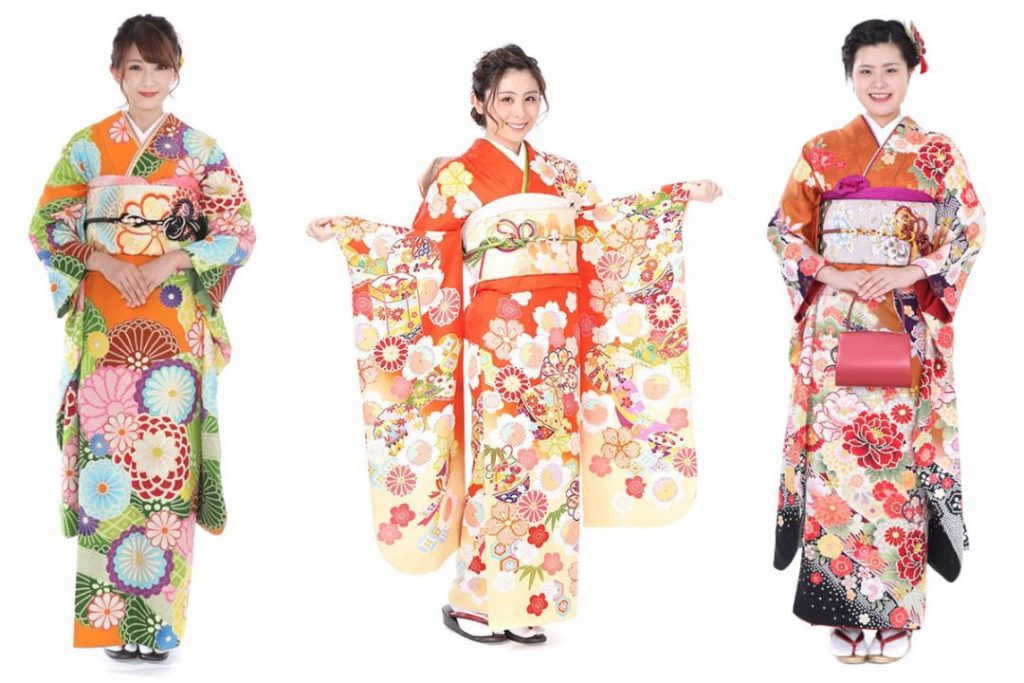
Another traditional Japanese outfit is the furisode. This is a formal kimono that is meant for unmarried women. The difference with regular kimono is the long sleeves that can even reach the floor.
The long sleeves signify the status of the woman wearing it is a young woman who is not married or just entering adulthood.
Just like kimonos, furisode are made of silk and come in both bright and colourful designs. This Japanese women’s dress is commonly worn on special occasions such as tea ceremonies and weddings.
3. Haori dan Hakama
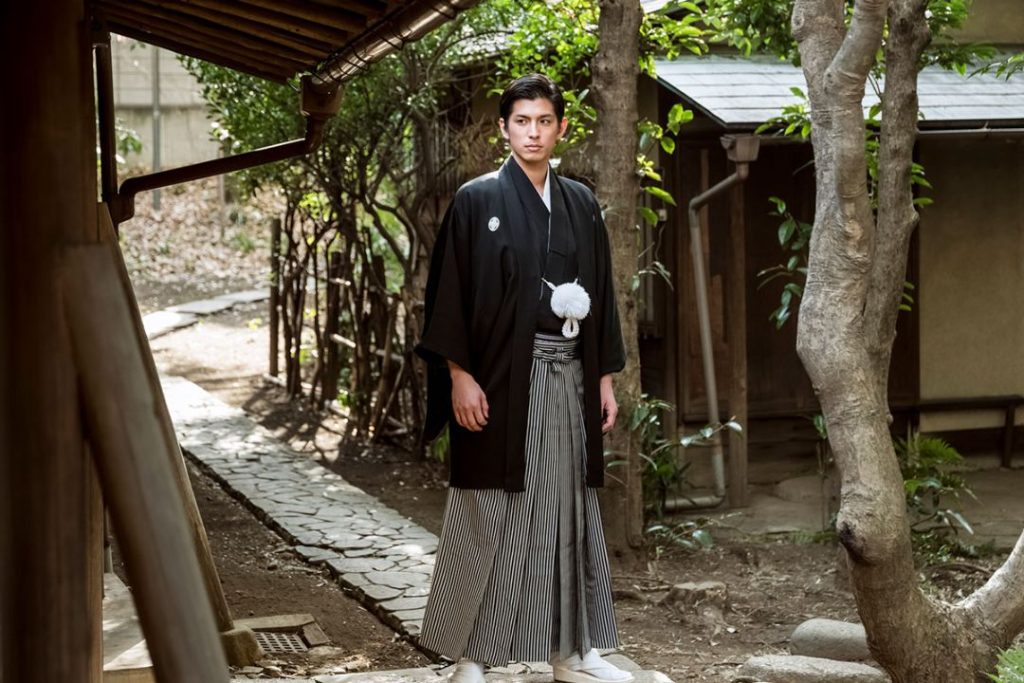
Judging by the name, Japafans might think that these are two different traditional Japanese garments. In fact, haori and hakama are one in the same when it comes to men’s Japanese clothing.
Haori is a coat or outerwear worn outside the kimono. Meanwhile, hakama are skirt-like trousers worn with the kimono.
Initially, these clothes were worn by men but nowadays haori and hakama can also be worn by women. usually used during certain events, one of which is university graduation.
4. Jinbei
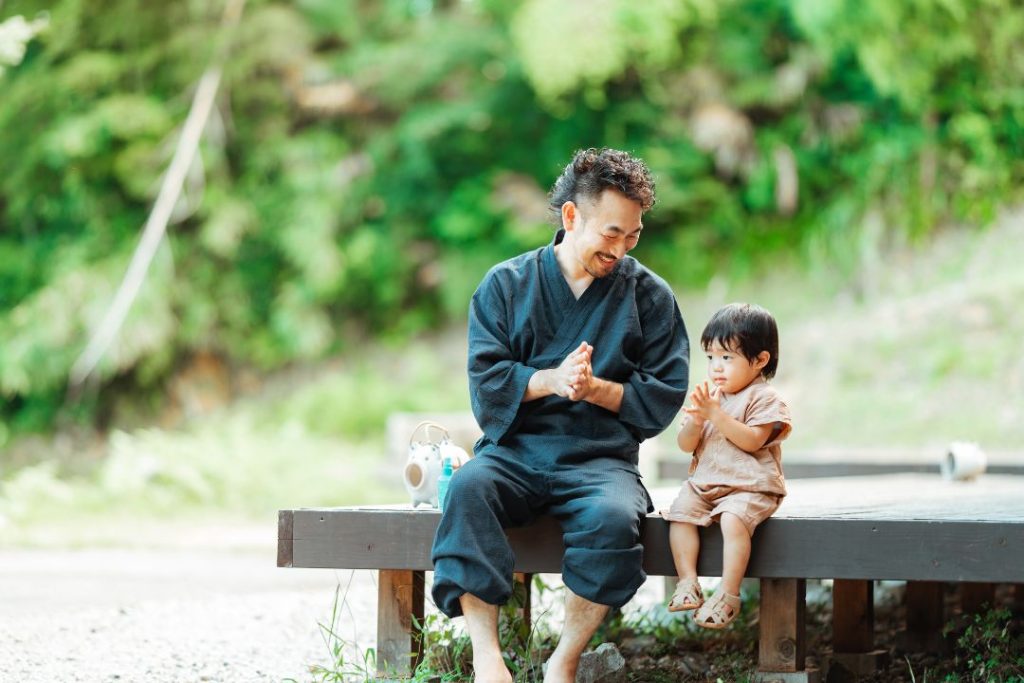
Jinbei is a type of traditional Japanese clothing that is usually worn during the summer by men and women. Since it is worn during the summer, the material used must be of comfortable fabric. This is so that your body stays cool even when the temperature outside increases.
The design of these clothes is usually made in bright patterns and colours to depict the summer atmosphere. On the sleeves, it can be made short or long.
This garment consists of tops and bottoms, namely pants. Usually, jinbei tops have buttons or straps on the front. While the shorts use rubber at the waist to keep it comfortable.
Although it seems casual, this traditional Japanese clothing still holds elements of traditional Japanese style and design.
5. Komon

Another traditional Japanese dress is the komon. Actually, komon is a type of kimono that is made of silk fabric and has a pattern that covers the entire kimono.
While kimono is worn on formal occasions, komon is used on casual or informal occasions. As the name implies, ‘komon’ comes from the Japanese word meaning ‘simple’ or ‘ordinary’. This refers to the simple patterns or motifs compared to kimono.
6. Fundoshi
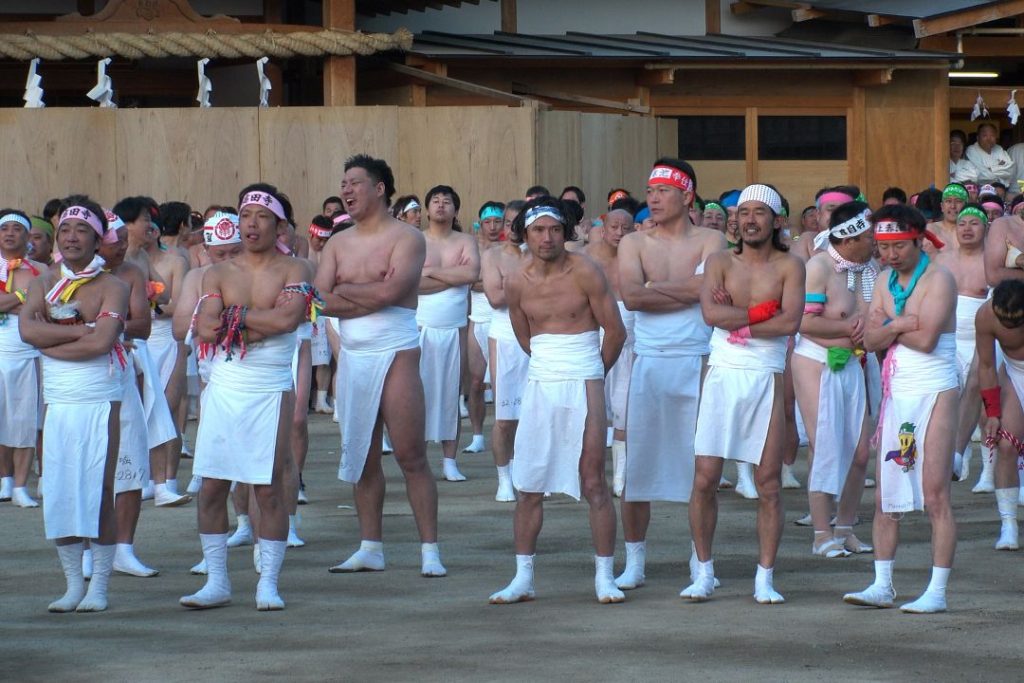
Japafans ever seen the clothes worn by sumo athletes? Well, that’s called a fundoshi. Fundoshi is a traditional undergarment usually worn by Japanese men.
This underwear is made of cloth wrapped around the waist and the back area is left open.
In the pre-World War II era, this underwear was common and there were several variations that could be used for different occasions.
However, fundoshi are now only found in traditional festivals. Even so, fundoshi has historical and cultural value in Japan.
Now Japafans not only know about kimono, but also many other traditional Japanese clothes. Well, some of these clothes can even be worn while Japafans are on holiday in Japan because there are many shops that rent out these traditional clothes.










